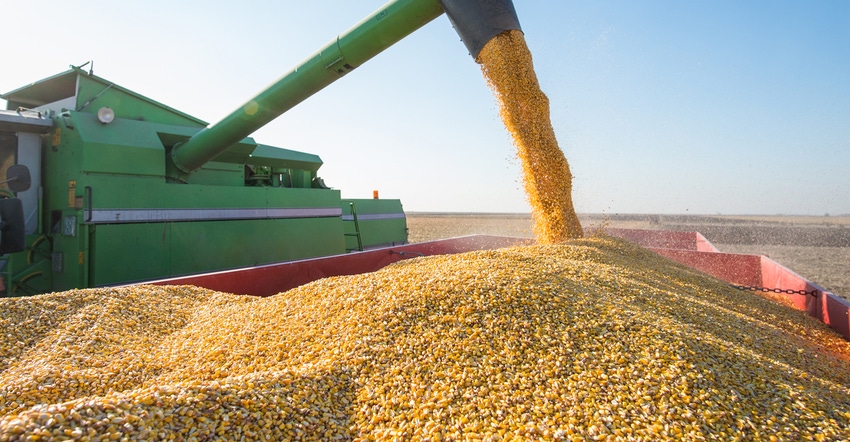
Gary Woodruff has seen lots of growing seasons come and go during his career in the agriculture industry. But Woodruff, district manager for GSI and an expert when it comes to dryers and grain handling equipment, says this year will likely be one for the record books in terms of how much grain drying will be done.
“Not even 2009 matches this year for a late start, prevent plant acreage and ‘mudding in’ of the crop,” Woodruff says. “Virtually all grain harvested in 2009 was harvested wet and needed drying.”
The 2009 season is one that agronomists such as Shaun Casteel at Purdue University talk about when they search for comparisons to 2019. Casteel is an Extension soybean specialist.
Woodruff believes this year will be comparable, if not worse, when it comes to harvesting the crop. There was some frost in 2009, and those calculating growing degree days this year say there is a good chance of frost before everything matures. This may also be a year when you will need to dry soybeans, Woodruff notes.
Handling and drying advice
This information affects all types of dryers: bin, portable and tower. However, most of Woodruff’s comments are directed toward portable and tower designs.
“To prepare for this fall, the dryer should be thoroughly inspected and checked, preferably by a service technician, to make sure it’s ready for as many or more hours of operation than in 2009,” he says. “Technicians and parts may prove hard to come by this harvest with the heavier use of all types of dryers.” Problematic issues will include extended hours of dryer use and heavy fines that wet corn brings along with it, he adds.
Watch for more fines. Anytime corn is above 24% moisture, there will be an increase in fines, Woodruff says. Grain dryers use heat, time and air to dry. Fines reduce the airflow, which decreases the already reduced capacity of a dryer created by high-moisture content.
Prevent uneven drying. Fines can plug columns or flow points in every type of dryer. They can also affect effective movement of grain through the dryer, causing uneven drying that reduces capacity and efficiency. Preventing plugging by fines will help minimize uneven drying.
Inspect and clean dryer. It’s always a good idea to empty, inspect and clean any dryer at least once a week during harvest every year, Woodruff says. This year you may see a need to do this every three to four days to prevent plugging and a buildup of fines.
Maintain weekly drying capacity. The downtime for cleaning and inspecting will not reduce weekly capacity, Woodruff insists. Instead, it will improve it. Improved capacity from getting those fines out of the system will more than make up for the few hours the cleaning takes, he emphasizes.
Have a plan of attack this fall. Start early, only going as fast as your drying system and other resources allow, Woodruff advises. Take the time to properly prepare, and keep your drying equipment working at its peak efficiency. A clean dryer is more efficient and puts more dry bushels into the bin a day than one that isn’t clean, he concludes.
About the Author(s)
You May Also Like




